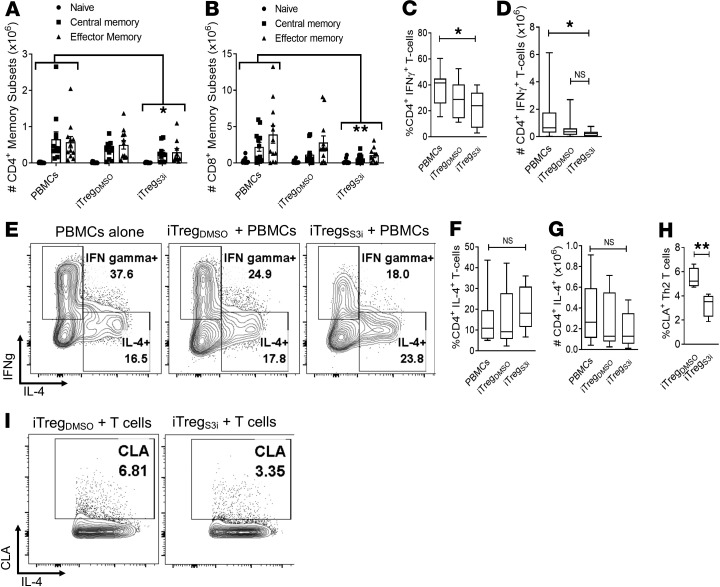Figure 5. Human pSTAT3–inhibited iTregs significantly reduce pathogenic Th1 cells in the spleen.
NSG mice received a human skin graft, allogeneic PBMCs, and pSTAT3-inhibited (S3i) or control iTregs. On day +21, the recipient spleens were harvested and analyzed for human T cell numbers and effector subsets. Graphs show the absolute numbers of (A) CD4+ and (B) CD8+ central memory (CD62L+, CD45RO+), effector memory (CD62L–, CD45RO+), and naive T cells (CD62L+, CD45RO–) ± SEM. (C–G) Box and-whisker plots (max, min, median) show the frequency and absolute number of human Th1 (CD4+, IFN-γ+) and Th2 cells (CD4+, IL-4+), with representative contour plots showing the T cell populations. n = 3 experiments, up to 11 mice/group. Human pSTAT3–inhibited or DMSO-treated iTregs were cultures with autologous CD4+ T cells with allogeneic DCs (T cell to DC ratio 30:1) for 5 days. The frequency of skin-homing CLA expression (H) on the CD4+, IL-4+ (max, min, median) was determined by flow cytometry. (I) Representative contour plots are shown. n = 4 independent experiments. ANOVA (A–D, F, and G) or paired t test (H). *P < 0.05 or **P = 0.001–0.01. pSTAT3, STAT3 phosphorylation; iTregs, induced Tregs.

